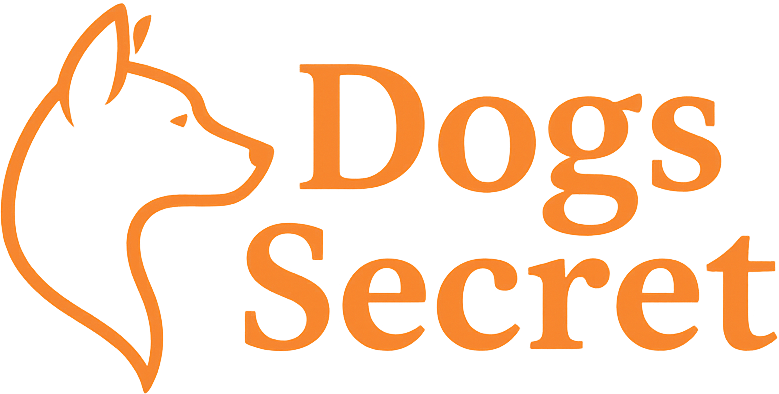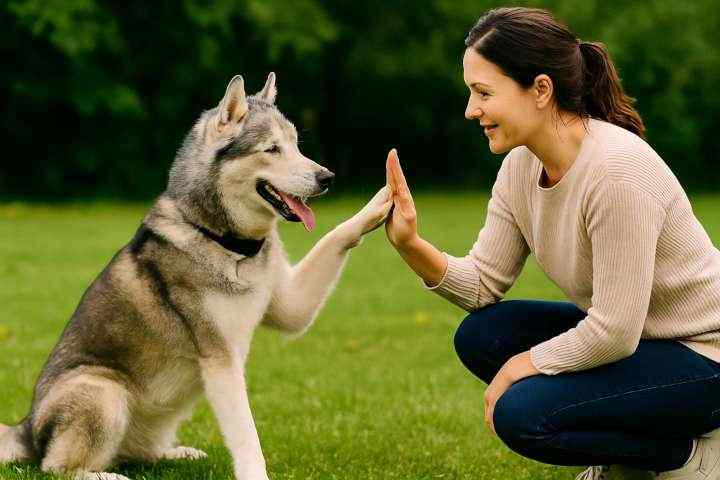There’s a common myth that older dogs can’t learn new tricks—but the truth is, dogs can be trained at any age. Whether you’ve adopted a senior rescue or your lifelong companion needs a behavioral reset, training an older dog is not only possible—it can be deeply rewarding.
Older dogs may come with established habits (good or bad), but with patience, consistency, and positive reinforcement, they can learn new behaviors, commands, and even advanced tricks.
In this guide, you’ll discover how to train an older dog effectively, what to expect, and how to overcome common challenges.
Benefits of Training an Older Dog
- Mental stimulation keeps older dogs sharp and engaged
- Strengthens the bond between dog and owner
- Improves behavior and household harmony
- Builds confidence in shy or rescued dogs
- Supports mobility and flexibility through movement and light activity
Step 1: Evaluate Your Dog’s Health First
Before beginning any training, schedule a vet check-up to rule out:
- Hearing or vision loss
- Joint pain (e.g., arthritis)
- Cognitive decline (canine cognitive dysfunction)
- Weight or mobility issues
Understanding your dog’s physical limitations allows you to tailor training methods safely and effectively.
Step 2: Start with Positive Reinforcement
Older dogs often respond best to gentle, reward-based training.
How to do it:
- Use treats your dog loves (adjust for dietary needs)
- Keep sessions short (5–10 minutes) to avoid fatigue
- Praise calm and correct behavior instantly
- Avoid harsh corrections or punishment—this breaks trust
- Be consistent with cues and expectations
If your dog is food-sensitive, use praise, toys, or gentle affection as rewards.
Step 3: Focus on Practical Commands First
Start with foundational behaviors that improve daily life:
- Sit / Down / Stay – basic control and structure
- Come / Recall – safety and off-leash prep
- Leave it / Drop it – impulse control
- Go to bed / Place – creating calm routines
- No / Quiet – managing unwanted behaviors
Older dogs may already know some of these—re-teach or reinforce them with fresh rewards.
Step 4: Address Bad Habits Slowly
Older dogs may come with ingrained behaviors like jumping, barking, or pulling on the leash. These can be changed, but require patience and repetition.
Tips for behavior correction:
- Redirect unwanted behavior instead of punishing it
- Reinforce the alternative (e.g., reward calm sitting instead of jumping)
- Manage the environment to reduce triggers
- Be consistent—mixed signals create confusion
It may take weeks to replace habits that have been reinforced for years.
Step 5: Adapt Training to Their Age
Training a senior dog isn’t the same as training a high-energy puppy.
Adapt your sessions:
- Use soft treats or food puzzles for slower chewing
- Incorporate low-impact activities like scent games or mat training
- Provide extra rest between sessions
- Be patient with slower reactions or learning pace
Dogs with hearing or vision loss may benefit from hand signals or vibration cues.
Step 6: Train the Brain
Mental enrichment is just as important as physical exercise for older dogs.
Ideas to stimulate the mind:
- Puzzle toys
- Scent work (hide treats around the house)
- New tricks (like shake, bow, or spin)
- Obedience games like “Find it” or “Which hand?”
Daily mental challenges can help delay cognitive decline and reduce boredom-based behaviors.
Step 7: Celebrate Small Wins
Older dogs may need more time to learn—but that makes every success even more meaningful. Focus on progress, not perfection.
Celebrate by:
- Ending every session on a positive note
- Giving extra praise for effort, not just results
- Being consistent in routine and feedback
- Keeping sessions lighthearted and pressure-free
Conclusion
Training an older dog is a journey built on respect, patience, and understanding. With the right approach, your dog can learn new skills, unlearn bad habits, and thrive in their golden years. It’s never too late to teach, connect, and grow together.
Want to explore senior-specific routines and enrichment ideas? Visit our Senior Dog Training Guide for expert tips.

